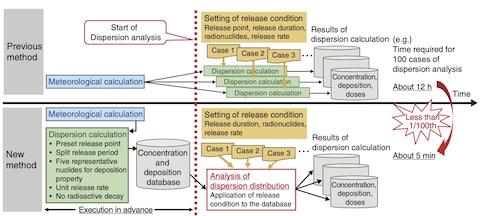
Fig.4-11 Comparison of the previous method (upper) and new method (lower)

Fig.4-12 Structure and calculation flow of WSPEEDI-DB
According to the basic disaster management plan issued by the National Disaster Management Council, the Government of Japan provides professional and technical support to local governments when they use atmospheric dispersion calculations to improve their regional disaster prevention and evacuation plan. To contribute to this, it is necessary to efficiently provide the detailed dispersion calculation results using the Worldwide version of System for Environmental Emergency Dose Information, WSPEEDI, which has been used for source term estimation and atmospheric dispersion analysis in nuclear emergencies. However, this sophisticated numerical model requires computation time, making it difficult to quickly compare calculation results under various conditions, including meteorological conditions.
Therefore, we developed a new calculation method as summarized in Fig.4-11. Using this method, if a release point (e.g., a nuclear facility) is known, the prediction results could be rapidly obtained by applying a source term (radionuclides, release rate, and release period) to the database of dispersion calculation results that is prepared in advance without specifying the source term. Each dispersion calculation is conducted under a unit release condition (1 Bq/h) for each release segment divided by a fixed time interval, and all calculated release segment results are saved. Five radionuclides, which represent five groups classified by diffusion behavior, are calculated without radioactive decay; the decay rate for each specific radionuclide is applied later. These calculations are conducted regularly along with daily meteorological data updates to construct a continuous database that includes past data and predictions for the next few days. By applying a release condition of each release segment to the database and aggregating the results of all release periods, calculation results can be quickly created for arbitrary release conditions. We then developed the atmospheric dispersion database system WSPEEDI-DB using a user-friendly interface for easy function operation, as summarized in Fig.4-12. Dispersion calculation results under various release and weather conditions can be used for optimization of monitoring plans and drills by creating simulated monitoring data. As an example, the deployment of monitoring posts around the Shimane Nuclear Power Station was assessed by analyzing the past 1-year dispersion calculation results. We could demonstrate that the present monitoring post deployment can capture the distribution of air dose rates during periods without rainfall. For periods with precipitation, however, high-dose-rate areas are assumed not to be grasped.; mobile measurement is effective in such areas.
This study includes the results of the FY2016-2019 joint research with the Shimane Prefectural Nuclear Power Environmental Center.
(Hiroaki Terada)